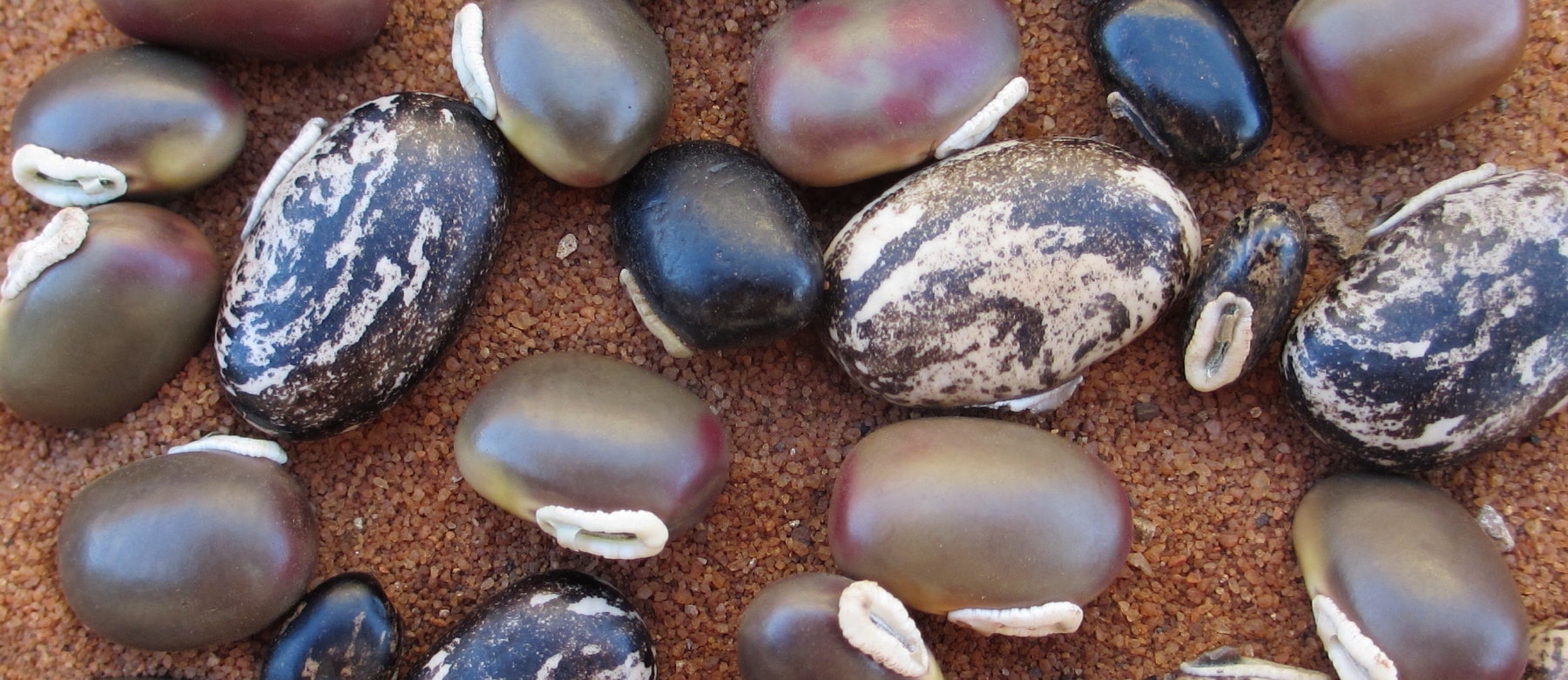Dietary factors are considered the most important environmental risk factors for cancer. Within recent years, a large number of naturally occurring health-enhancing substances of plant origin known as phytonutrients have been recognized to have beneficial effects on certain cancers. Beans, chickpeas, split peas and lentils are packed with all sorts of wonderful nutrients, but the reason they may protect against several degenerative diseases may be due to non-nutritive compounds, or even so-called “antinutrient” compounds like phytates.
Phytates have a somewhat negative reputation for binding to certain minerals (like iron, zinc and manganese) and slowing their absorption. But they have also been found to offer anti-inflammatory health benefits. “The reputation of phytate has had a roller coaster ride ever since its discovery; it has undergone alternate eminence and infamy.” (I previously explored the surprising new science about phytates in my video Phytates for the Prevention of Osteoporosis). Could they play a potential role in preventing colon cancer?
In the U.S., colon cancer is the second leading cause of cancer death, but some parts of the world have had just a tiny fraction of our rates, with the highest rates reported in Connecticut, and the lowest in Kampala, Uganda. The famous surgeon Denis Burkitt spent 24 years in Uganda and most of the hospitals he contacted there had never seen a case of colon cancer. Noting they live off diets centered on whole plant foods, he figured that maybe it was the fiber that was so protective.
Some studies have called that interpretation into question. Danes appear to have more colon cancer than Finns, yet Danes consume almost twice the dietary fiber. What else, then, could explain the low cancer rates among plant-based populations? Well, fiber isn’t the only thing found in whole plant foods, but missing from processed and animal foods. Maybe it’s the phytate.
Dietary phytate, rather than fiber per se, may be the most important variable governing the frequency of colon cancer, as phytate is known to be a powerful inhibitor of the iron-mediated production of hydroxyl radicals, a particularly dangerous type of free radical. So the standard American diet may be a double whammy, the heme iron in muscle meat plus the lack of phytate in refined plant foods to extinguish the iron radicals.
This may account for what researchers found in the Adventist study, highlighted in my video, Phytates for the Prevention of Cancer. They found excess risk of cancer for higher intakes of both red meat and white meat, suggesting all meats contribute to colon cancer formation — about twice the risk for red meat eaters, and three times the risk for those eating chicken and fish.
Those who eat meat could reduce their risk in two ways: by cutting down on meat or by eating more beans, an excellent source of phytates.
So it’s not just how much meat we eat, but our meat to vegetables ratio. Between the two extremes (high-vegetable and low-meat diets versus high-meat and low-vegetable diets) a risk ratio of about eight appears to exist, sufficient to explain a substantial part of the international variation in the incidence of colorectal cancer. Those with the worst of both worlds, high meat and low vegetable, were at eight times the risk.
More on colon cancer in Stool Size Matters.
Here are a few of my latest videos on the latest wonders of the musical fruit:
- Canned Beans or Cooked Beans? (and my companion blog Do Eden Beans Have Too Much Iodine?)
- Increased Lifespan From Beans
- Beans and the Second Meal Effect
What about that music, though? See my blog Beans and Gas: Clearing the air.
What about soybeans and cancer? See Breast Cancer Survival and Soy and BRCA Breast Cancer Genes and Soy.
Other ways to mediate the effects of meat intake can be found in my video Reducing Cancer Risk in Meateaters.
For more about how phytates may play a role in both cancer prevention and treatment see Phytates for Rehabilitating Cancer Cells and Phytates for the Treatment of Cancer.
–Michael Greger, M.D.
PS: If you haven’t yet, you can subscribe to my videos for free by clicking here and watch my full 2012 – 2015 presentations Uprooting the Leading Causes of Death, More than an Apple a Day, From Table to Able, and Food as Medicine.
